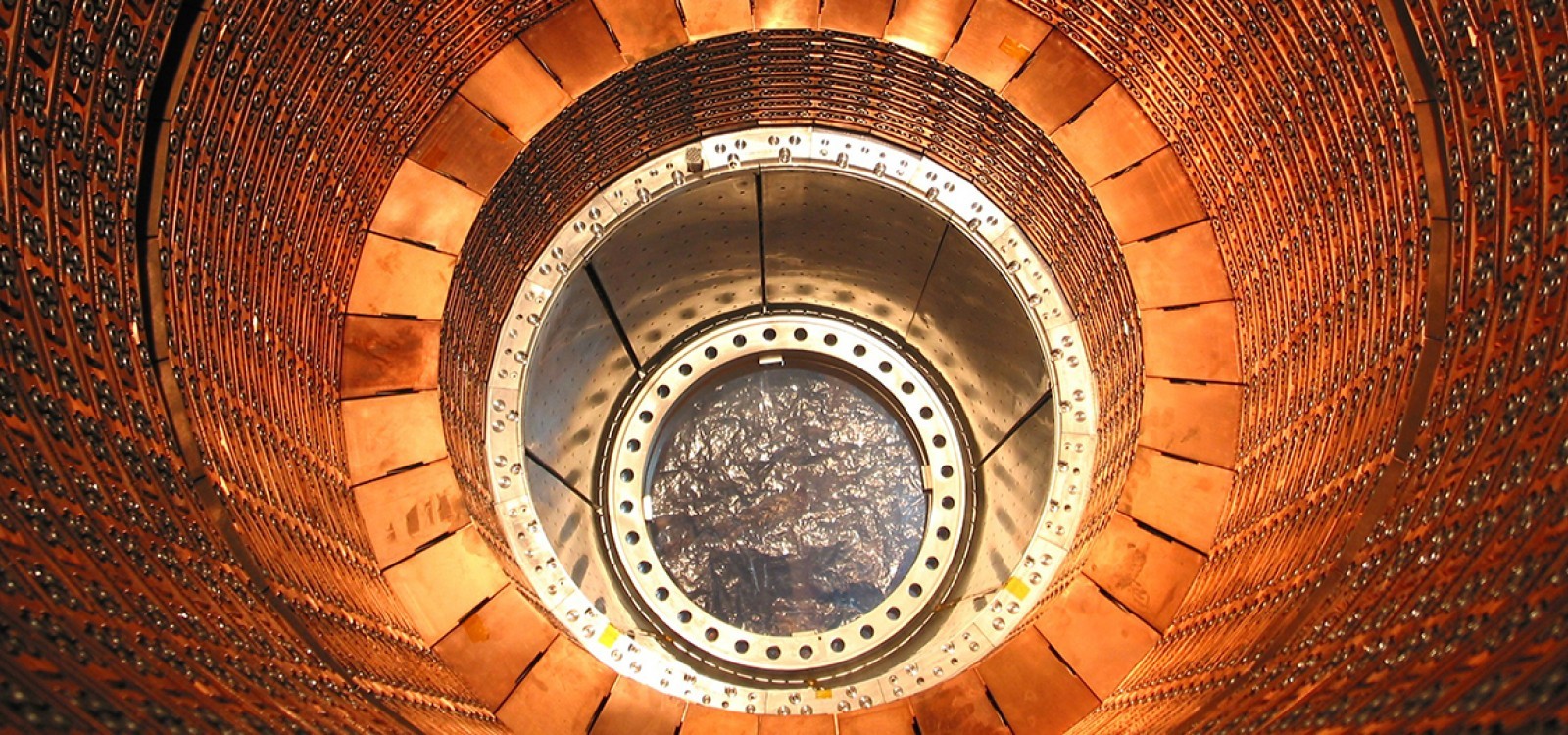
Collide
Our international residency programme organised every three years in partnership with a city
The Collide residency programme was established in 2012 to foster networks with international organisations, creating new links between art and fundamental science worldwide. Collide was originally designed with an international strand, a Geneva strand, and a Swiss strand. Collide is now run in partnership with a leading city in art and science every three years.
From 2012 to 2015, the collaboration was with Ars Electronica in Linz, Austria; from 2016-2018, the programme moved to Liverpool, in the Northwest of UK, in collaboration with FACT, the Foundation for Art and Creative Technology. From 2019 to 2022, Arts at CERN, the Barcelona City Council and the Institute of Culture of Barcelona worked together to nurture dialogue between art and science at the highest level within the Barcelona Science Plan to cultivate creative synergies among art, science and technology in the city.
In 2023, CERN and Copenhagen Contemporary announced a three-year partnership through Collide with its first open call for Collide Copenhagen, which aims to support artistic research on art, science, and technology.
default